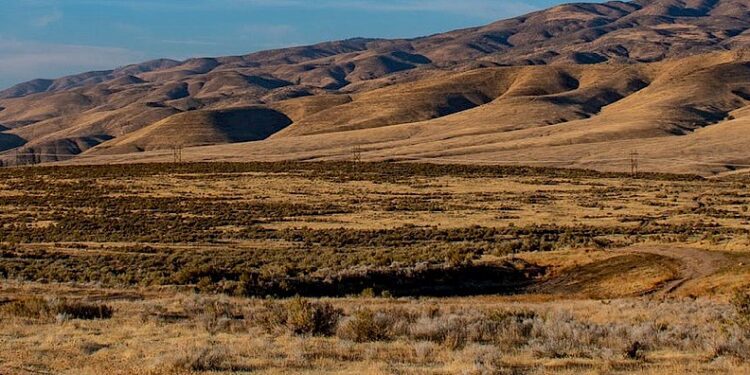Northern Lights Resources Corp. (CSE:NLR)(OTCQB:NLRCF) has commenced core drilling at the Tin Cup prospect at the Secret Pass Gold Project in Arizona.
CEO, Jason Bahnsen, said Godbe Drilling has been appointed as the drilling contractor.
CEO, Jason Bahnsen, commented “After several months of delay, we are excited to begin drilling at the Tin Cup prospect,” Mr Bahnsen said.
“Tin Cup was an operating gold mine in the early 1900s with a reported average production grade of over 1/2 ounce of gold per ton. Historic RC drilling at Tin Cup in the 1980s intersected steeply angled veins with grades up to 40 grams per tonne gold.
“Our initial drilling at Tin Cup will focus on confirming the high-grade gold mineralisation identified by the historic RC drilling.”
Seven exploration drill holes have been approved at the Tin Cup Prospect (total 1,350 metres planned), see Table 1. Initially, four drill holes out of the permitted holes will be drilled (TC21-02, TC21-03, TC21-04, TC21-06), targeting the confirmation of historic high-grade mineralisation.
Tin Cup Zone
Records show that there was a historic small-scale open pit and underground mine located at Tin Cup. The mine reportedly produced several hundred tons of mineralized material grading 15 g/t to 31 g/t of gold. Historic workings, from approximately 1918 to the early 1930s, included an open pit and an inclined shaft to a depth of 21 metres (70 ft) with minor underground level workings.
During the period from 1984 to 1991, a total of 145 drill holes (predominately reverse circulation drilling) were drilled at Tin Cup with many holes intersecting high-grade gold mineralization. The historic drilling had an average depth of approximately 95 metres and a maximum depth of 180 metres.
The Tin Cup Gold Zone is localised along the steeply northeast-dipping Frisco Mine Fault. The gold mineralisation is hosted by Tertiary andesite and associated with the margins of rhyolite dykes that occur as lenses within the Frisco Mine Fault. A few of the deepest historic drill holes intersected gold mineralisation in the Proterozoic basement granite.
The mineralised zone at Tin Cup has a strike length of approximately 245 metres to drill indicated depth of 180 metres and is open along strike and depth.
Higher grade mineralisation (greater than 10 g/t Au), is localised in narrow sub-vertical structures developed within broader zones of lower grade mineralisation ranging up to 86 metres in width. The mineralisation plunges to the northwest at 50 degrees. Surface oxidation is variable extending to a maximum depth of up to120 metres based on historical drilling was identified by historic reverse circulation (RC) drilling in the 1980s.
For further information please visit: https://www.northernlightsresources.com/












